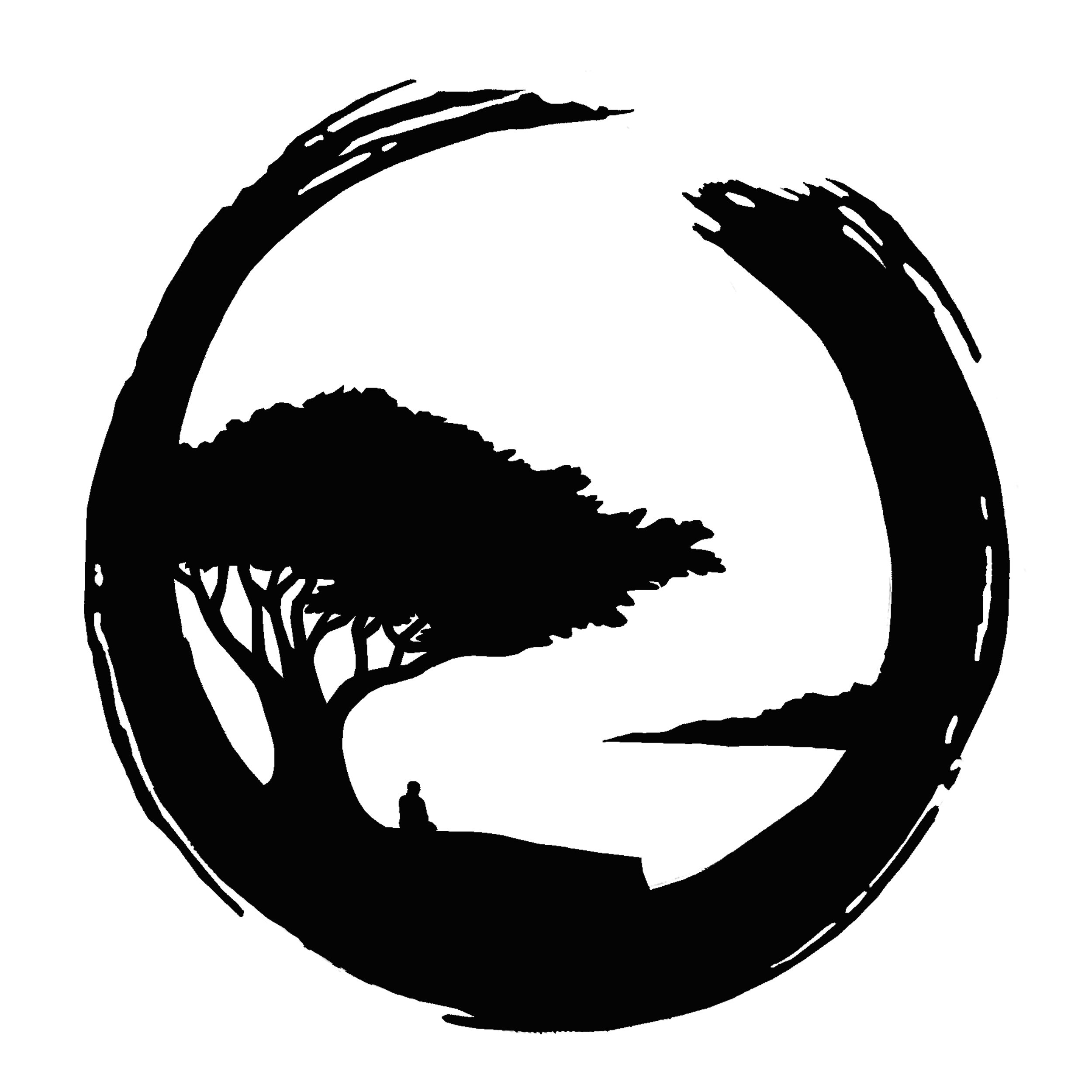Ceremony: Socially Distanced Ryaku Fusatsu
Socially Distanced Ryaku Fusatsu by Robert Reese
The teisho of the actual body is the harbor and weir, where human eyes gather. This is the most important thing in the world. Its virtue finds its home in the ocean of essential nature. It is beyond explanation. We just accept it with respect and gratitude. Kyojukaimon, Essay on Conferring the Precepts, comment on the tenth grave precpet, Dogen Zenji.
Today is the Thursday of a long Memorial Day Weekend, the recess that has come to represent American summer’s entry and left book-end of two holidays that embraces the warmer season. This year, MDW falls in the proximity to the full moon and the simultaneous occurrence of a “Blood Super Moon” and a lunar eclipse. Earlier in the week, Monterey Bay Zen Center hosted a Zoom version of the Full Moon Ceremony (Ryaku Fusatsu), the evocative ritual of repentance, vow, precept renewal and homage to ancestors. The Full Moon Ceremony is taken-up with a kind of attendant sincerity, humility and sobriety that suggests the centuries-old earnestness of the lineage. But today, we remain in a new world, and that new world looks surprisingly like the old--except that it’s different. We are, optimistically, at the tail-end of a pandemic and part of that world offers-up the technological solution of Zoom.
A year ago we were in the throes of a lock-down and today tourists are once again beginning to flood Ocean Ave. in Carmel. At the same time, in our new world, costal summers are still cooled by morning fog, plum trees still become heavy with fruit and cats still lounge in the morning sun listening to the bird’s hidden singing. It is the same, and different.
And part of that difference is Zoom. I imagine that a part of the allure of Zoom is how similar it is to television entertainment, with its minute-by-minute appeal of engaging without demanding. One can rest while undergoing stimulation. The sitting in a comfortable chair; the obligatory display of pets; the frittering away of presence; the tranced-distance of the computer screen; the weird sense of stasis; the overall flattening effect on all types of meetings and the predictable diffusion of attention. Neuroscientists say the visual distortions and delays inherent in platforms such as Zoom can make you feel insulated, apprehensive and detached. A continuous diet of Zoom provides the cognitive equivalency of packaged food. If you eat it in large amounts, you don’t feel good.
According to the New York Times, “The way the video images are digitally encoded and decoded, altered and adjusted, patched and synthesized introduces all kinds artifacts: blocking, freezing, blurring, jerkiness and out-of-sync audio. These disruptions, some below our conscious awareness, confound perception and scramble subtle social cues. Our brains strain to fill in the gaps and make sense out of the disorder, which makes us feel vaguely disturbed, uneasy and tired without quite knowing why.”
There is a strange tension to an online ritual. How does our understanding of a ceremony change when the ritual is not experienced as a proximate and physical presence, but as a projection on a screen? The vagaries of Zoom notwithstanding, we planned our third Full Moon Ceremony on the meeting platform. Rev. Shogen Danielson had the dual roles of both kokyo and doan. I was the doshi for the evening.
We performed the Full Moon Ceremony during two previous online events. For the Tuesday rendition, we practiced two hours during the day. The Cherry Center Wifi appeared to be working; there was a Zoom meeting preceding the opening bell and no apparent technical difficulties during zazen. However, once we began the initial remarks our Zoom connection began an aggressive deterioration. The screen was filled with drunken-sounding, distended audio and fractured video. The synchronicity began to waver and the connection ended. Rev. Danielson, remained unshaken throughout, calmly and clearly going through the ceremony while technical cats and dogs rained from the sky.
Still, I remember not wanting to waist the calamity, including finding value in a staggeringly challenged ceremony without needing to change something. The beginning of this value might be in noticing how things really are, and in this case, from noticing life without blame or indignation, or dismay, and if there is blame, indignation, or fear, noticing that without particular ideas. With such noticing, compassion might knock at the door. We might notice compassion for each other every time we fall down. At the same time, there’s considerable efficacy in considering, practicing and being in relationship with others in a ritual. Preparing for the Full moon requires attention. The portion of us that exists in a running communion with the world—is constantly in flux, being made and remade with every little piece of otherness we allow in; and that process, haphazard as it is, is worth noticing, too. Even when that otherness includes the inherent problems of Zoom. Problematic Zoom ceremonies call-forth the mind, that as Lewis Hyde writes, “is pleased to find what it is not looking for.”
Full Moon ceremonies—whether on live or on Zoom—have no particular sign. We cannot say beforehand what the ceremony is or is not. The Full Moon Ceremony is not a fixed event. The Ryaku Fusatsu is forever welcoming us but we must meet it to bring it alive.
